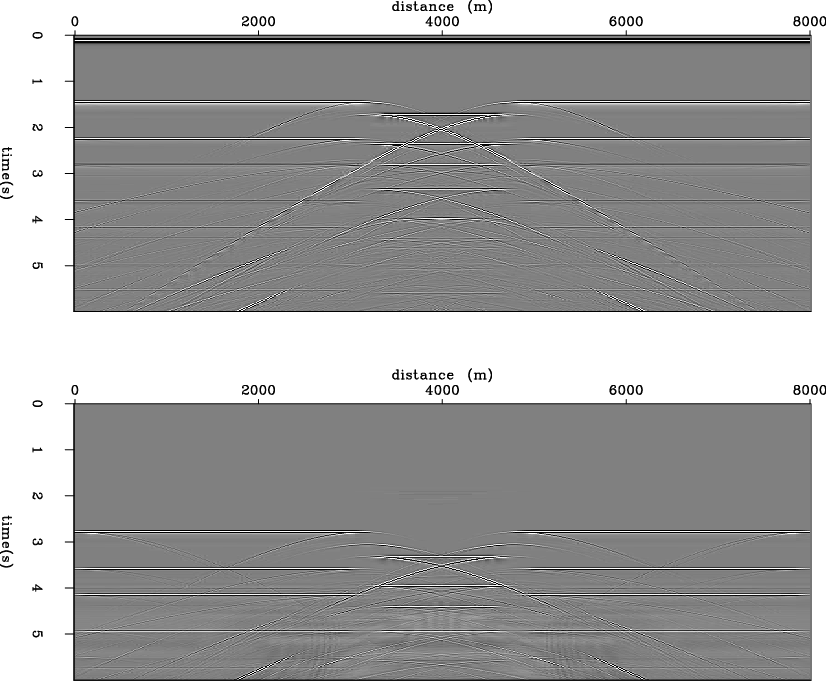|
|
|
|
Predicting rugged water-bottom multiples through wavefield extrapolation with rejection and injection |

|
|---|
|
smcof1
Figure 7. The zero-offset sections of the original seismic data (top) and the predicted multiples (bottom). [NR] |
|
|
|
|
|
|
Predicting rugged water-bottom multiples through wavefield extrapolation with rejection and injection |